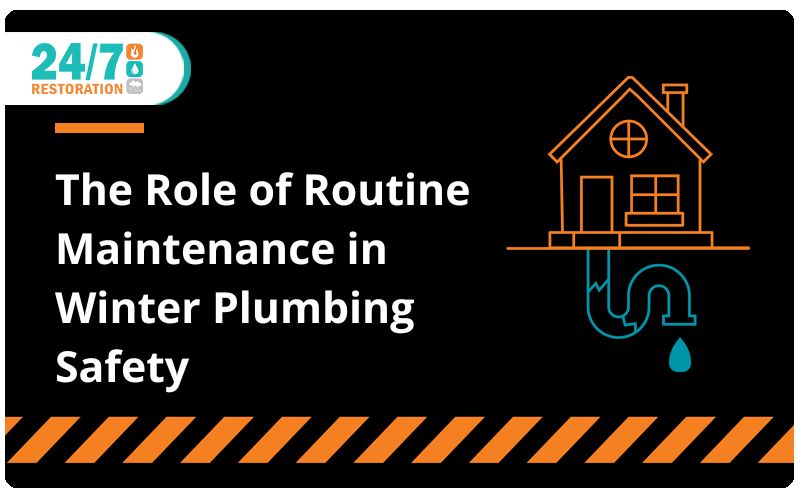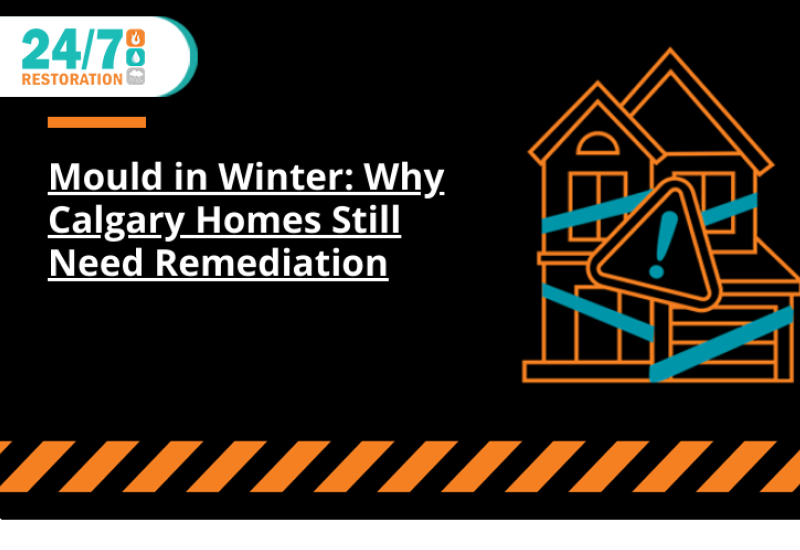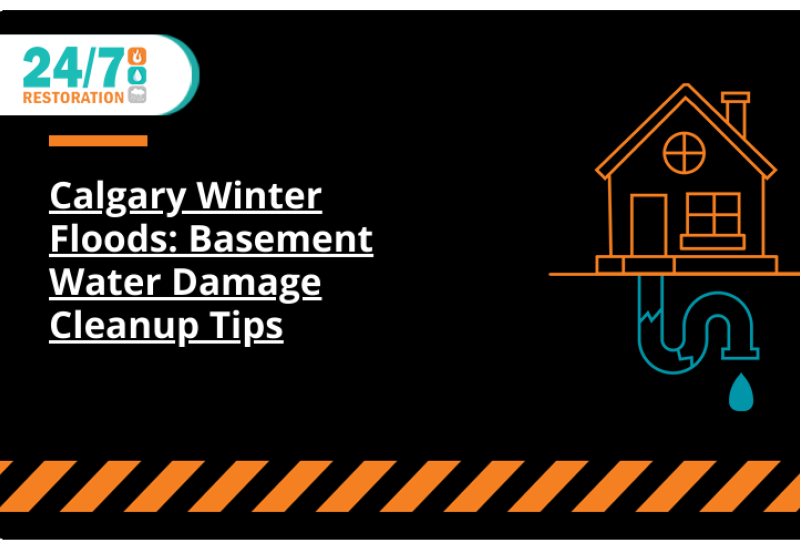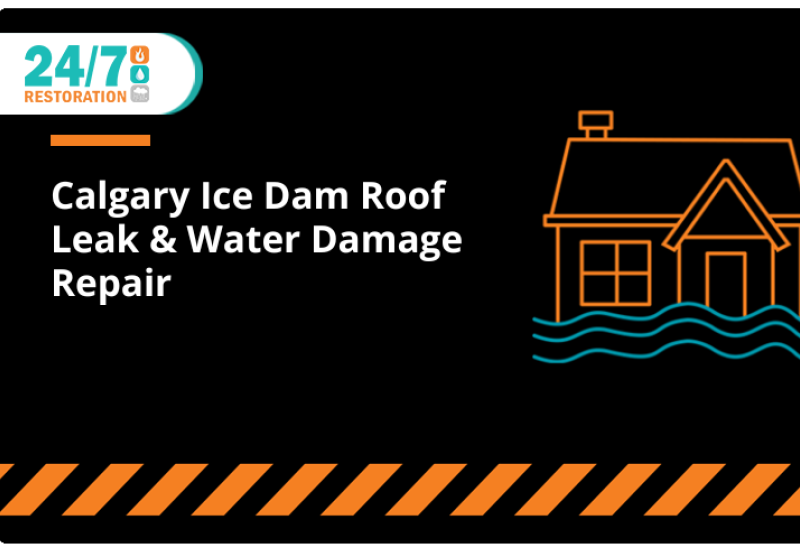As winter blankets our surroundings with a layer of snow and ushers in colder temperatures, our homes face a unique set of challenges. One often-overlooked aspect of winter preparedness is ensuring the safety of our plumbing systems. The last thing anyone wants is to deal with burst pipes or frozen fixtures during the coldest months of the year. That's where routine maintenance comes into play, serving as the unsung hero of winter plumbing safety.
Routine maintenance may not be the most glamorous aspect of homeownership, but it's an essential component of safeguarding your plumbing system in the winter. In this article, we'll explore the pivotal role that regular plumbing maintenance plays in keeping your pipes and fixtures in top shape during the frosty season. We'll delve into three key points that highlight why routine maintenance should be a priority for every homeowner, and how it can help you avoid costly winter plumbing emergencies.
Preventing Frozen Pipes
One of the most dreaded plumbing issues during winter is frozen pipes. When water freezes inside your pipes, it expands, creating pressure that can lead to cracks or burst pipes. This not only causes water damage but also disrupts your daily life. Thankfully, routine maintenance can be a lifesaver.
Regularly insulating your pipes, especially those in unheated areas like basements and crawl spaces, is crucial. Insulation helps maintain a stable temperature within the pipes, preventing freezing. During maintenance inspections, a plumber can identify areas that need better insulation and recommend necessary upgrades.
Additionally, professional plumbers can ensure that your home's heating system is in good working order. A well-maintained heating system helps keep the temperature in your home at a comfortable level, reducing the risk of frozen pipes. This proactive approach to maintenance can save you from the inconvenience and expense of dealing with frozen pipe emergencies.
Detecting and Addressing Leaks
Winter can exacerbate plumbing leaks. As temperatures drop, pipes can contract and expand, which may lead to the development of cracks or weak spots in the plumbing system. Slow leaks can go unnoticed until they become a major issue, causing water damage, mold growth, and even structural damage to your home.
Routine maintenance includes thorough inspections that can identify potential leaks before they escalate. Plumbers have the expertise and equipment to detect even minor leaks using advanced techniques such as pressure testing and infrared imaging. Addressing these issues promptly can prevent a small leak from becoming a catastrophic flood in your home.
Furthermore, routine maintenance includes checking fixtures like faucets and showerheads for leaks. A dripping faucet might seem like a minor inconvenience, but it can waste a significant amount of water over time, driving up your utility bills. By addressing leaks during maintenance, you not only save water but also reduce your environmental footprint and save money.
Extending the Lifespan of Plumbing Fixtures
Your plumbing system is a complex network of pipes, fixtures, and appliances that work together to provide essential services. Just like any other part of your home, these components have a finite lifespan. However, routine maintenance can help extend the longevity of your plumbing fixtures and appliances.
During maintenance inspections, plumbers can identify signs of wear and tear on fixtures and replace parts that are nearing the end of their lifespan. This proactive approach not only prevents sudden breakdowns but also saves you money in the long run. Replacing a worn-out component before it fails can be significantly less expensive than dealing with the aftermath of a plumbing emergency.
Furthermore, maintaining your plumbing system can improve its efficiency. For example, regular maintenance of your water heater can help it operate at peak performance, which not only ensures a reliable supply of hot water but also reduces energy consumption. This can translate into lower energy bills and a reduced environmental impact.
In the grand scheme of homeownership, routine maintenance might not be the most exciting topic, but when it comes to winter plumbing safety, it plays a pivotal role. Preventing frozen pipes, detecting and addressing leaks, and extending the lifespan of plumbing fixtures are three compelling reasons to make plumbing maintenance a priority, especially before the winter months arrive.
So, as the temperatures drop and winter approaches, remember that taking care of your plumbing system isn't just about convenience—it's about safeguarding your home, your wallet, and your peace of mind. By investing in routine maintenance, you can enjoy a warm and cozy winter season without the worry of plumbing disasters lurking in the shadows.
Written on behalf of 24/7 Restoration.
FAQ
Q: What are the signs that my plumbing system needs maintenance before winter?
A: Look out for signs like reduced water pressure, unusual sounds from your plumbing, or minor leaks. If you've experienced freezing pipes or heating issues in the past, it's also a good indicator that your plumbing system may benefit from maintenance.
Q: Is routine maintenance costly, and is it worth the investment?
A: While routine maintenance does come with a cost, it is a worthwhile investment. The expenses associated with emergency plumbing repairs or water damage due to neglect far outweigh the cost of regular maintenance. It also extends the lifespan of your plumbing fixtures and can lead to energy savings.
Q: How often should I schedule routine plumbing maintenance, especially before winter?
A: It's generally recommended to have your plumbing system inspected annually, ideally before the onset of winter. However, if you live in an area with extremely cold temperatures, it may be beneficial to have semi-annual inspections to ensure winter plumbing safety.




